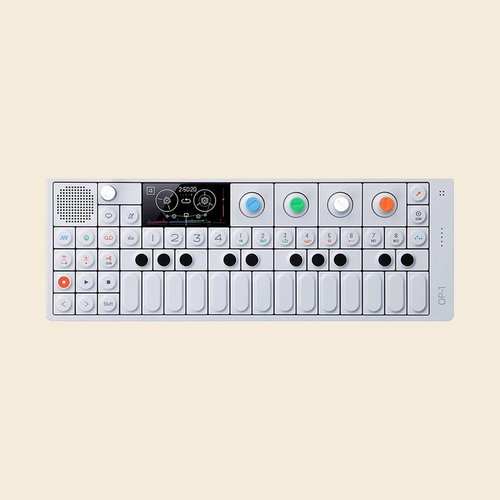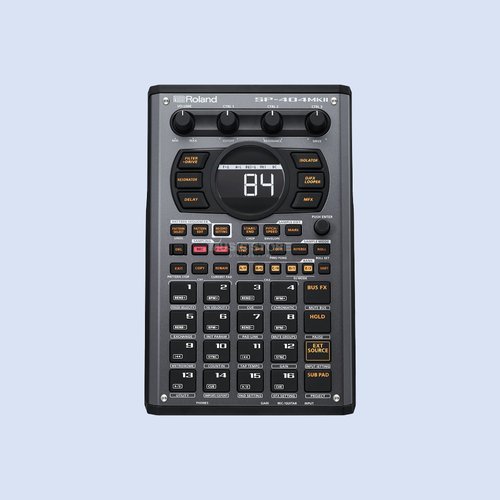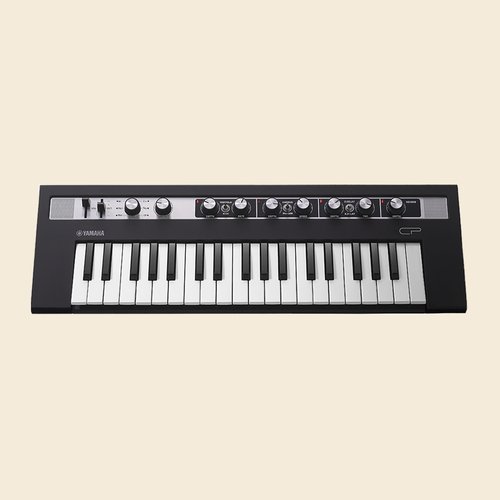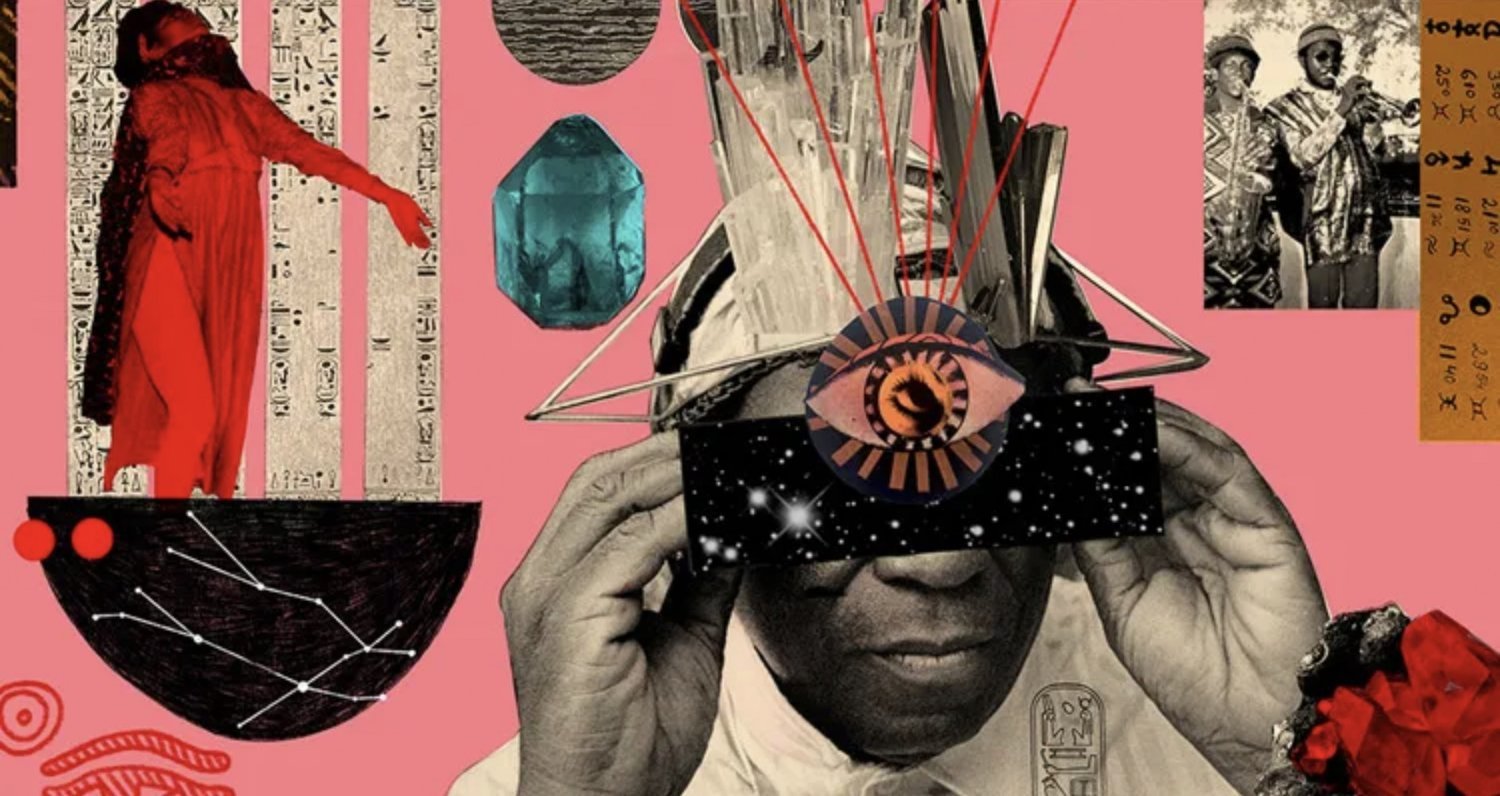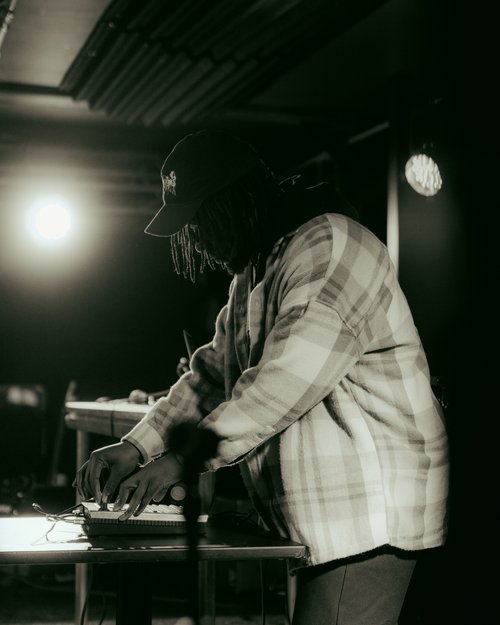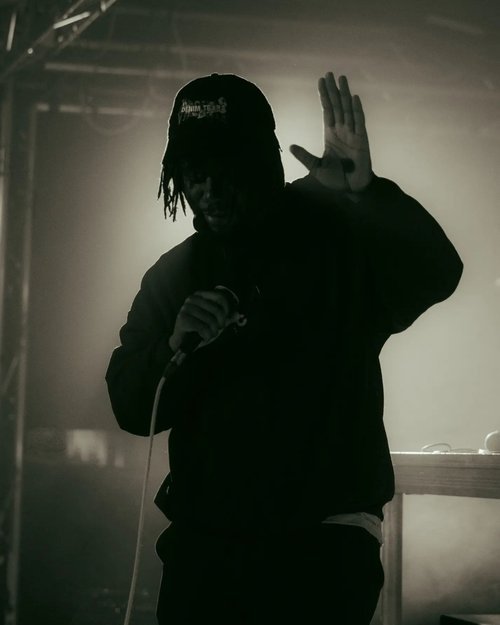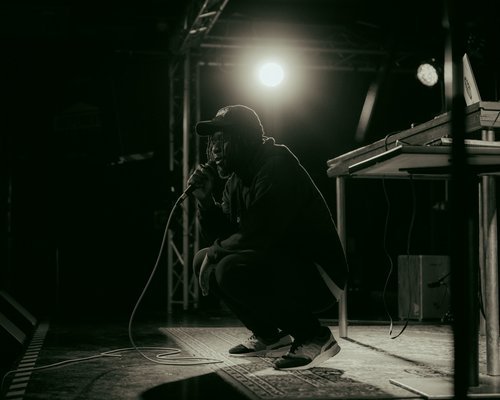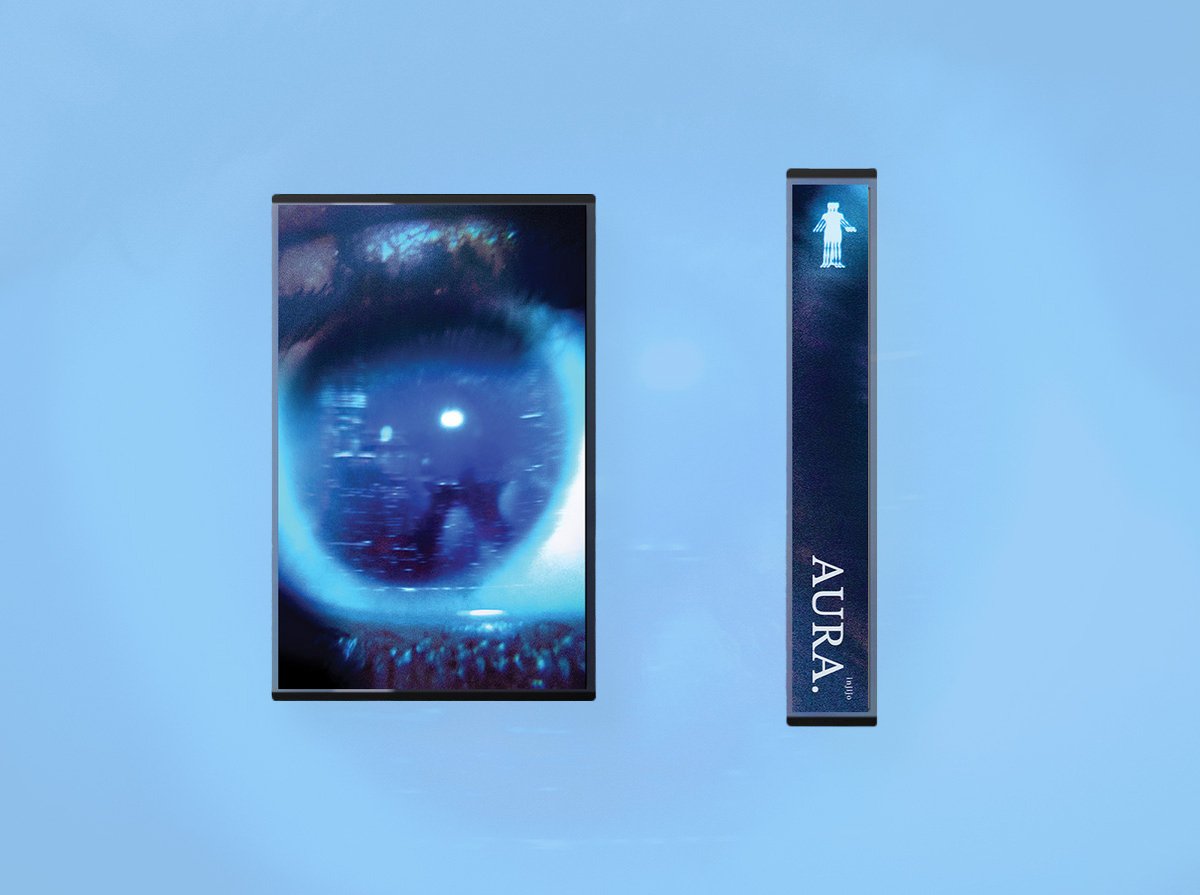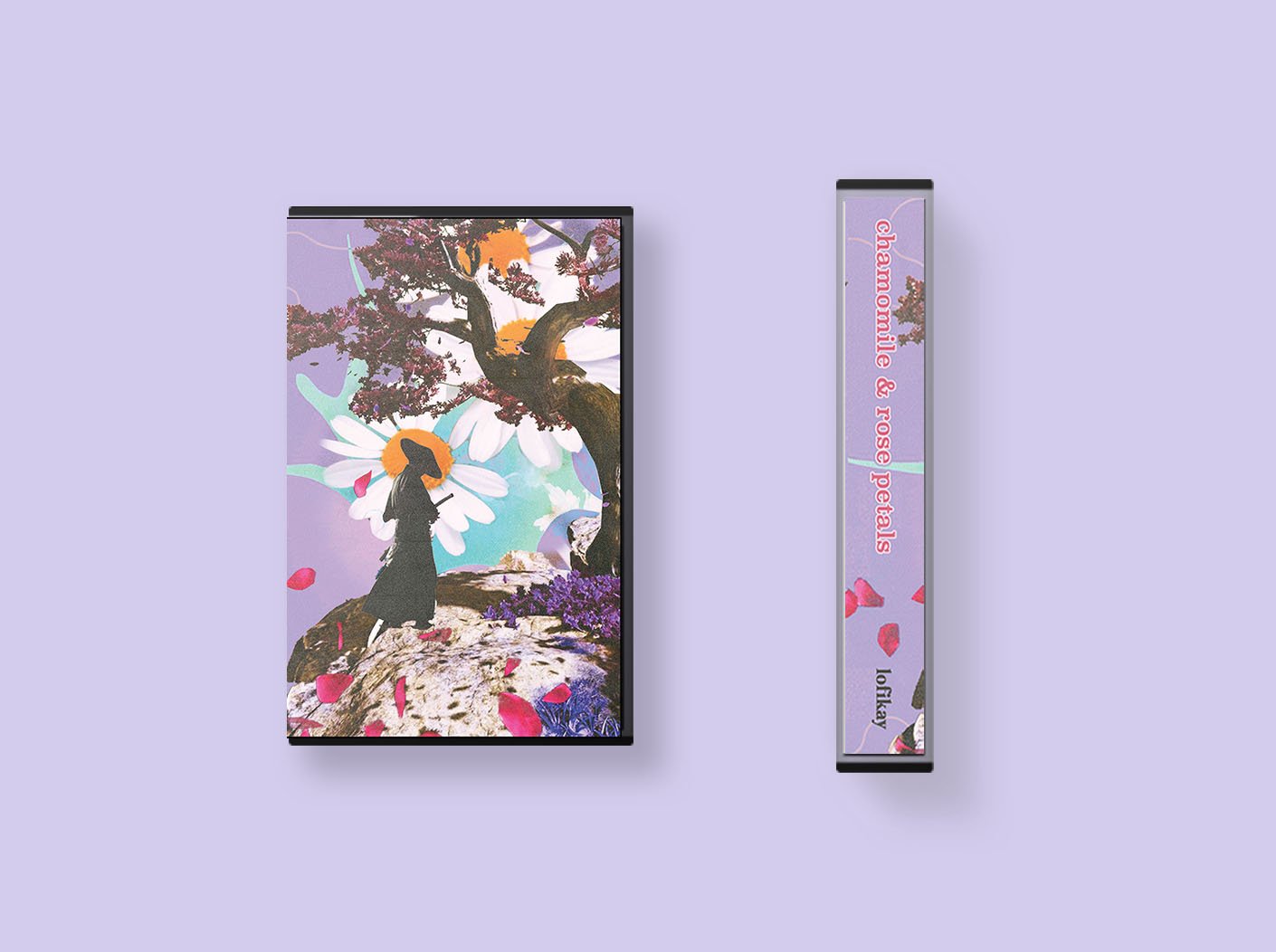Mixing: Reverb
Reverb is one of the most widely used effects in the world, yet most of the time, using it feels like a guessing game. In this article, we will teach you how to use reverb, which reverbs work well with different sounds, and help you understand what each parameter does - improving your production skills forever.
Reverberation, or ‘reverb’, is defined as a persistence of a sound after it’s produced.
Reverberation is created when a sound or signal is ‘reflected’ off of different physical objects, within a space. As numerous reflections build up, and then ‘decay’, sound is absorbed or reflected by the surfaces of objects.
Objects like furniture, people, and even air affect the tone and length of the reverb sound.
Each ‘reflection’ can be imagined as a short echo, whose tone and length is shaped by the object it ‘reflects’ off. Reverb is many small reflections, reflecting again and again off of different surfaces until the reverb ‘decays’ (fades away).
Imagine playing music from your phone. How does the music change if you place the phone in a wooden box? How does the sound reflect off the wood? How does this sound differ from for example, placing your phone in a metal box?
A graphic that shows the amplitude (volume) level of reverb over time, from initial sound (source signal), to the early reflections, reverb tail and decay over time. source: Mastering The Mix
How Do I Use Reverb?
To get the most out of using reverb effects, it’s important to understand how to use each control to shape the space you’re making. Each room has a shape - and they each affect the way sound reflects and bounces around within them.
Once you master the six parameters we mention in this article, you’ll be able to use reverb to add depth, space & width to your mix.
Apple’s updated look for ‘Space Designer’, the most popular reverb plug-in in Apple’s Logic Pro music production application.
Source: Apple
Early Reflections
These are the first reflections of a sound after it hits a wall, or a surface.
They’re clear, defined and happen before the full reverberation of a sound - so before the ‘decay’ These early reflections then bounce around the room and form the reverb tail.
a simplified graphic of how a sound creates early reflections and reverb, and how the sound interacts with the environment over time.
Source: Orchestra Music
Decay
As the sound reflects off different surfaces and materials, reflections build up and bounces around within the space. The sound eventually reaches the walls and then reflects back to your ears.
All these reflections together tell your brain the shape and size of the space you're in, or the reverb you’re placing your audio in. The decay time is how long it takes for those sounds to ‘decay’ (slowly fade) away. Decay time is measured in milliseconds (ms) or seconds (s).
this chart shows the volume changes from the initial sound source, early reflected sounds and collection of many reflected sounds.
credit: hyperphysics
Pre-Delay
Controlling the ‘pre-delay’ amount on your reverb plug-in changes how long it takes for the sound to produce those first reflections. Pre-delay is represented by time (seconds), and changing the value of this parameter shifts the position of the sound in the room; specifically how far away the sound is from the listener and the back wall of the room.
The larger the room is, the longer the pre-delay will be, as the signal travels further before reflecting off of different surfaces in the room (walls, ceilings, tables, etc).
Room Size
When you’re designing your reverb sound, there’s more ways than just ‘decay time’ to control the size of a room. The room size in digital reverb usually extends the time between reflections, as well as the duration of each reflection, giving an artificial boost to the size of your reverb.
Room Size can also be controlled by different parameters on digital reverbs, such as ‘Room Shape’, ‘Spread’ and ‘Spin’.
This graphic shows the average reverberation time (in seconds) of spaces that music is typically heard in. Source: Commerical Acoustics
Damping
Damping is probably the most misunderstood parameter of reverb effects. The damping effect is created when sound bounces off surfaces in a room, such as the floor, ceiling or curtains.
If the surface is hard, like a glass window or metal table, the reverberation will be bright and ‘hard’. With softer surfaces (e.g. wood vs concrete), the reverb will lose more high-end frequency information, resulting in a warmer sound. This means if your reverb sounds thin or too bright, you can use a damping effect to bring out the midrange and bass.
Diffusion
Diffusion is how dense the reflections in a reverb are, and how quickly they decay away into silence. Low values result in being able to hear early reflections more clearly. High values result in a more washy, smooth sounding reverb.
State of Flow: An interview with Madaliso
“Finding that state of flow, where everything flows together naturally, is the most important aspect of my creative process.”
What is your creative process?
Finding that state of flow, where everything flows together naturally, is the most important aspect of my creative process. The magic occurs when you're in that state of flow. When I have a significant amount of time to be creative, I set up my OP-1, Yamaha reface keyboard, SP 404, and digital camera to film the process. The sample chopping capabilities and audio processing of the OP-1 make it my ideal sampler of choice, allowing me to swiftly explore and experiment. It becomes my playground for slicing samples, igniting that first burst of creativity.
Your cassette player is a key part of your beat videos, what equipment do you use in your creative process?
When it comes to my creative process, I use a range of tools that help define the distinct sound and vibe of my music. At the centre of it all is my trusty DAW Ableton, which serves as the central hub for creating and producing. In addition, I use instruments like the OP-1 and SP 404 in my setup to add their own distinct flavors and effects to enhance the overall sound of my beats. Not to mention my love for cassette tapes! I have a couple tape recorders that I mostly use for referencing sounds and enjoying that warm, vintage tape feel that I like.
I use plugins and the Roland SP with its wild effects to enhance the texture and depth of my beats. At the core of it all, though, Ableton acts as the basis upon which I create the skeleton of my beats, assuring their structural integrity. Then I use my samplers, both hardware and software, to create additional layers that define the distinct character of my music.
The whole hardware vs. software dispute does not rule my creative process. What actually matters to me is discovering tools and techniques that allow me to immerse myself in that state of flow. Whether it's the tactile feel of the OP-1 or the flexibility of software, it's all about facilitating that flow state, when ideas flow and creativity thrives.
How important is the visual element of your work, (beat videos and album art) in conveying your artistic vision?
The visual aspect of my work is extremely important in communicating my artistic vision. Growing up in Rome with roots in Zambia, art has always been a deep passion of mine. Aside from music, I love films, cinema, and various forms of visual art. Recently, I've been diving into the link between pictures and sound, and how they complement each other in today's musical landscape.
I get my inspiration from watching independent African and Asian films, which typically have distinct storytelling and visual styles that speak to me deeply. Afro Surrealism, abstract art, and minimalism have also influenced my artistic outlook.
‘Afro Surrealism Cinima” taken from Aarklight Art
What I've realised is that my artistic vision extends beyond music alone. I strive to connect with people through various creative mediums, making use of the power of visuals to add depth and significance to my work. I am constantly looking for new ways to connect with and inspire others by exploring various artistic channels and challenging myself creatively. Art genuinely flows through my blood, and I am dedicated to expressing my artistic vision and connecting with people on a fundamental and meaningful level.
How do you handle creative block?
My biggest struggle isn’t really creative block, it’s more so finding a sufficient amount of time to create and enter the flow state. Back in the day though I did have creative blocks but the way I got out of it was to find other ways to channel my creativity. I have a real need to be creative, it’s what keeps me grounded.
What’s an album recently which has changed the way you think about music?
"Supreme Clientele" by Ghosteface Killah is one album that recently has had a significant impact on me and reshaped the way I think about music. I wouldn’t say it’s changed the way I think about music, but it’s had a massive impact for sure. I first heard it in December of last year, and it was a life-changing moment for me. I clearly recall being in Zambia, traveling through the stunning landscapes on my way to the Victoria Falls with my family while immersed in the album. The production, mixing and raps - my cup of tea, for real.
In addition to "Supreme Clientele," two more albums have lately been on regular rotation for me. "Off-Piste" by Greg Foat and Art Themen is the first. The second album is "11" by SAULT. This album is a genuine aural voyage, flawlessly combining genres and including thought-provoking lyrics. It has challenged my preconceived conceptions of what music can be and opened my mind to new avenues of creative expression.
What has been the most challenging thing you’ve had to overcome as an artist?
One of the most challenging things I have had to overcome as an artist is letting go of my ego. It was a life-changing experience that offered me mad blessings. By setting my ego aside, I've been able to discover true satisfaction in the creative process, free of the fear of competition. This does not imply remaining in my comfort zone; on the contrary, I am always striving to challenge myself creatively. I’ve been creating music in various forms since I was 11. Along the way I’ve faced a lot of external and internal pressure to "make it" in the industry. However, I've learnt that achieving balance is essential. Balancing progress and innovation while being faithful to my creative vision helps me to achieve fulfillment and delight in my work.
I once supported Oddisee in Brighton a few years back and something he said really stuck with me. “you'll know when you perfect your craft, it's not your peers that validate it nor those that you hold in high esteem.”
What's one useful piece of advice you’d share with other artists?
Never stop learning, and aspire to make sure you work towards having a clear creative vision. With that comes embracing and accepting change.
What’s next for you in 2023?
My main focus this year has actually been finishing music. I’ve got a harddrives worth of unreleased beats and raps which I'm currently working towards getting out into the world. Stay tuned. But for real, I'm trying to create and nurture creative connections with other creatives.
I'll be Dropping RIDING VOL II this year, the first single ‘Lusaka Nights’ is out now!
Find Madaliso on
Instagram | Spotify | Apple Music | Youtube | Twitter












